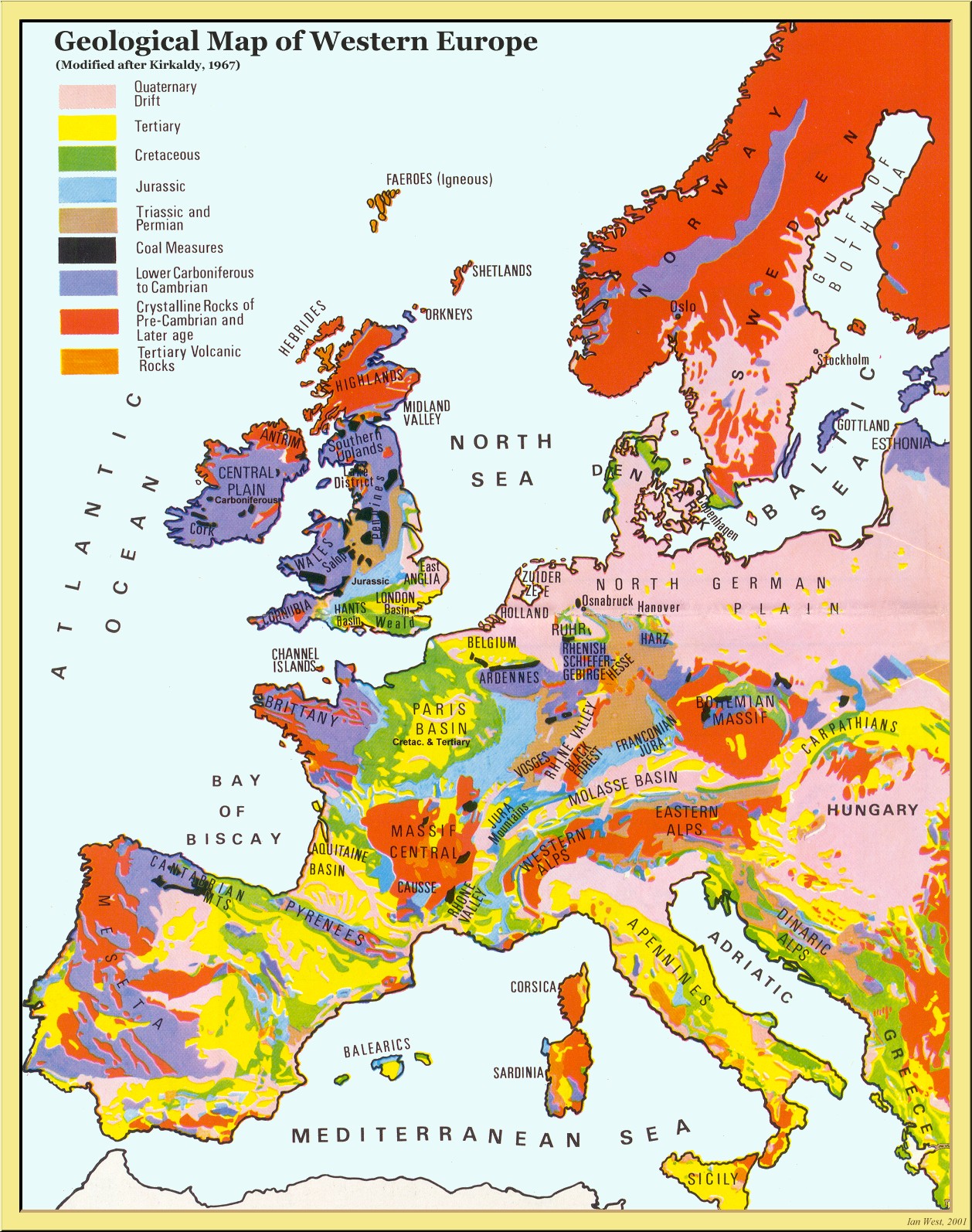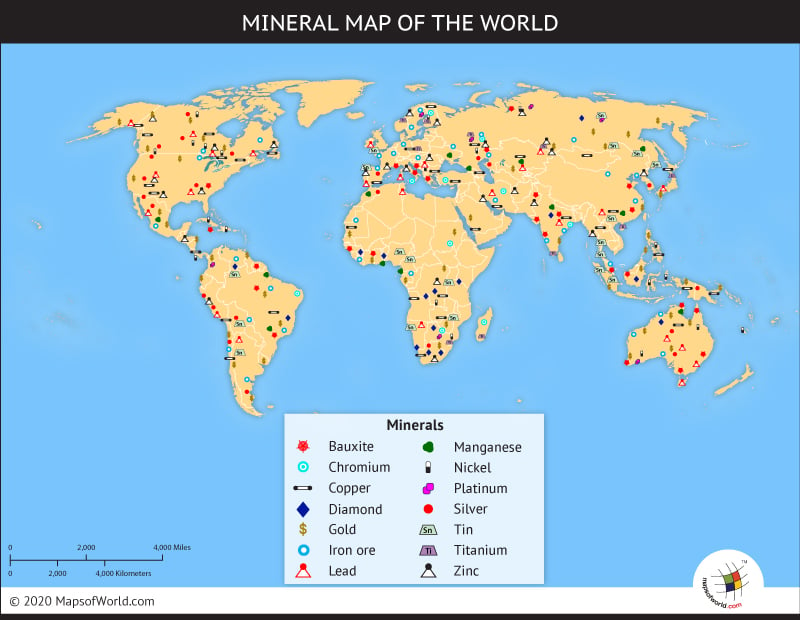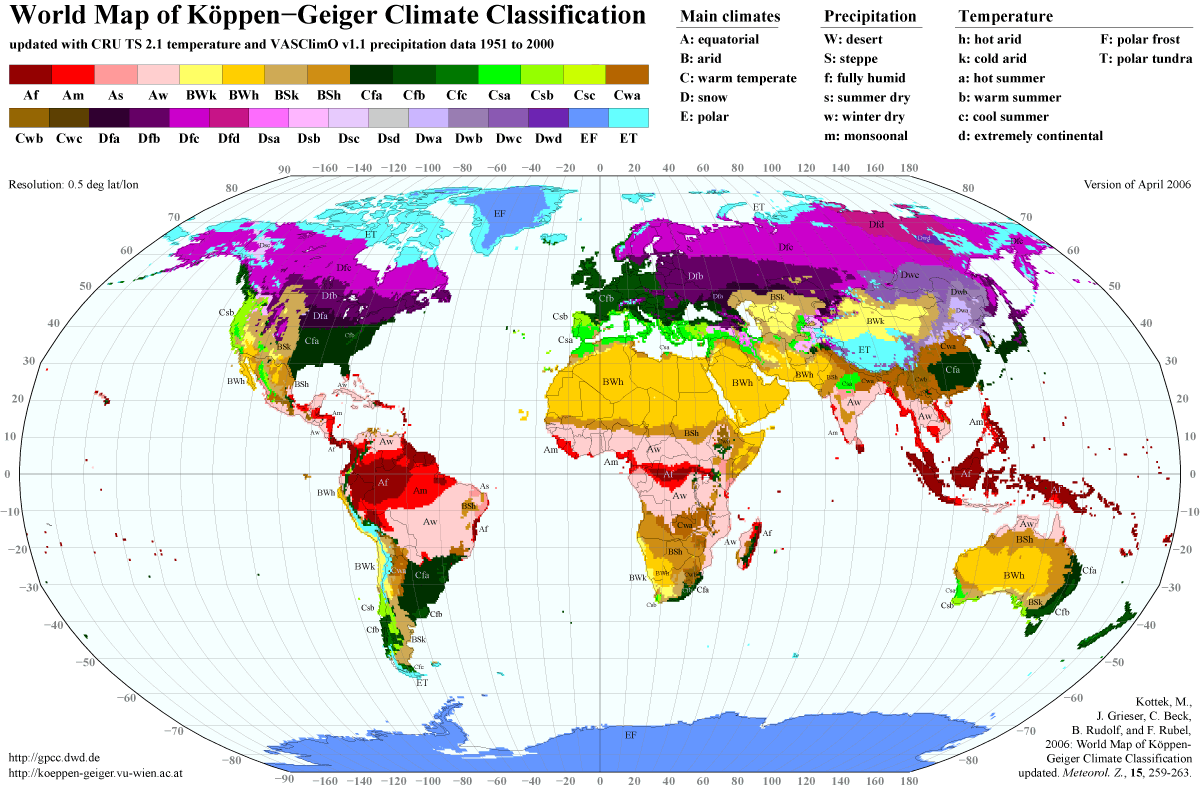Earth Science 7-Europe2
Earth Science 7-Global Regions Index

Contents
Countries
44 Countries (listed in alphabetical order) Albania, Andorra, Austria, Belarus, Belgium, Bosnia and Herzegovina, Bulgaria, Croatia, Czech Republic, Denmark, Estonia, Finland, France, Germany, Greece, Holy See (Vatican City), Hungary, Iceland, Ireland, Italy, Kosovo, Latvia, Liechtenstein, Lithuania, Luxembourg, Macedonia, Malta, Moldova, Monaco, Montenegro, Netherlands, Norway, Poland, Portugal, Romania, San Marino, Serbia, Slovakia, Slovenia, Spain, Sweden, Switzerland, Ukraine, United Kingdom
Latitude and Longitude
The farthest Northern point in Europe lies on 80 degrees North and 20 degrees East.
The farthest Eastern point in Europe lies on 49 degrees North and 40 degrees West.
The farthest Southern point lies on 36 degrees North and 5 degrees West.
The farthest Western point lies on 65 degrees North and 24 degrees West.
Elevation Range
5,642 m (18,510 ft) Mount Elbrus, Russia −28 m (−92 ft) Caspian Sea shore, Russia http://en.wikipedia.org/wiki/Extremes_on_Earth
Main Rivers
1.Danube 2.Dneiper 3.Elbe 4.Loire 5.Oder 6.Po 7.Rhine 8.Rhone 9.Seine 10.Shannon 11.Tagus 12.Thames 13.Vistula
Major Topographic Features
Mountains
-Alps
-Apennines
-Balkan Mountains
-Carpathian Mountains
-Caucasus Mountains
-Kjolen Mountains
-Pyrenees
-Ural Mountains
Basins
A: Aquitaine Basin
C: Cheshire Basin
G: Gotland Basin
H: Hampshire Basin, Hatton Basin
L: London Basin
P: Pannonian Basin, Paris Basin (geology), Permian Basin (Europe)
R: Rockall Basin
S: Slyne-Erris Trough
V: Vale of Clwyd, Vienna Basin
W: Weald Basin
Oceans
Currents
Europe has 4 main surface currents which are driven by wind. They are...
1.North Atlantic(warm)
2.Norwegian Current(warm)
3.North Equatorial Current(warm)
4.East Greenland Current(cold)
Currents Impact
The currents of Europe dictate whether the continent receives warm weather or cold weather.
Bordering Oceans
Atlantic Ocean
Baltic sea
Mediterranean Sea
North Sea
Norwegian Sea
Ice Cover
It is snowing alot in
Climate
North Atlantic Oscillation
The North Atlantic Oscilation(NAO) is a weather pattern that dictates whether Europe will experience wet, warm winters or cold, dry ones. If there is a negative NAO there will be cold weather in Northern Europe,but if it is positive there is warm and moist winters.
Climate Zones
Europe has a variation of climate zones such as:
- Warm Temperate, Fully Humid, Warm Summers: It is warm temperature because it is near the equator causing a warmer climate. Its spot on the ocean and warm temperate climate causes it to also be very humid. Ex.
1. Spain
2. Portugal
3. Italy
4. England
5. Ireland
- Warm Temperate, Dry Summers, Hot summers: It's very hot and dry in southern Spain, mainly because it is so close to the Sahara dessert and the equator. Dust blows from the desert to Spain making the air very dry. Ex.
1. Spain
- Snow, Fully Humid, Warm Summer: It snow in the winter when because of the humid climate and cold winters. The cold winters are abundant in Europe because so many countries are far north.
- Polar Tundra is in Europe because it is very far North and it is in a high pressure, therefore making it a dry, cold land. E.G.
1. Iceland
2. Denmark
Climate Controls
Geology
Rocks
The map bellow shows the differnt time periods from which rocks were formed in Europe.Europe has many types of rocks Germany has a lot of coal, some nickle, and some peat. Italy has coal, mercury and zinc. Greece has some iron ore, bauxite, some oil, lead and zinc. Spain and France share coal and zinc reserves, as well as copper and lead. France has uranium. Great Britain has some offshore reserves of oil and natural gas, as well as substantial coal reserves and some gold. Portugal boasts of some gold, as well as zinc, copper and uranium. Ireland has substantial reserves of natural gas and peat for fuel.Poland is blessed with substantial coal reserves, as well as natural gas, iron ore and copper reserves, as well as some limited supplies of silver . Serbia has some oil and natural gas, as well as copper and zinc. She also has some limited supplies of gold and silver.Bulgaria produces bauxite and copper. Russia has an abundance of natural resources. It has a large percentage of the world's oil and natural gas, as well as huge reserves of nearly all the most important strategic minerals valued today.Russia, Ukraine, and Sweden are among the world's major producers of iron ore. Copper, zinc, lead, bauxite, potash, sulfur, silver, and gold are also mined in a number of European countries. Ukraine is among the leading world producers of manganese, an alloy used in hardening steel.

Natural Resources
Europe has many different types of natural resources, but coal, oil and uranium(in the far Eastern parts of Europe) are big. Europe also has large coal deposits throughout the continent mainly in central and eastern Europe.

Minerals
There are many different minerals throughout Europe, and the minerals differ depending on what county you are in. For example:
Germany: Manganite,Proustite
Italy: Demantoid Garnet, Vesuvianite
France: Azurite
Italy: Vesuvianite, Demantoid Garnet
Egypt: Peridot
Greece: Hedenbergite in Quartz
Spain: Pryite
Norway: Ilmenite
As well as a lot of iron around the country's of Finland and Sweden. Along with lead and zinc in eastern France and the largest Northern Island off of Italy.

Tectonic Plates
Volcano
Volcanoes in Europe mainly occur in the western part of Italy.
Earthquakes
http://en.wikipedia.org/wiki/Category:Sedimentary_basins_of_Europe
http://en.wikipedia.org/wiki/Category:Mountain_ranges_of_Europe
http://en.wikipedia.org/wiki/Geography_of_Europe
Google Earth
